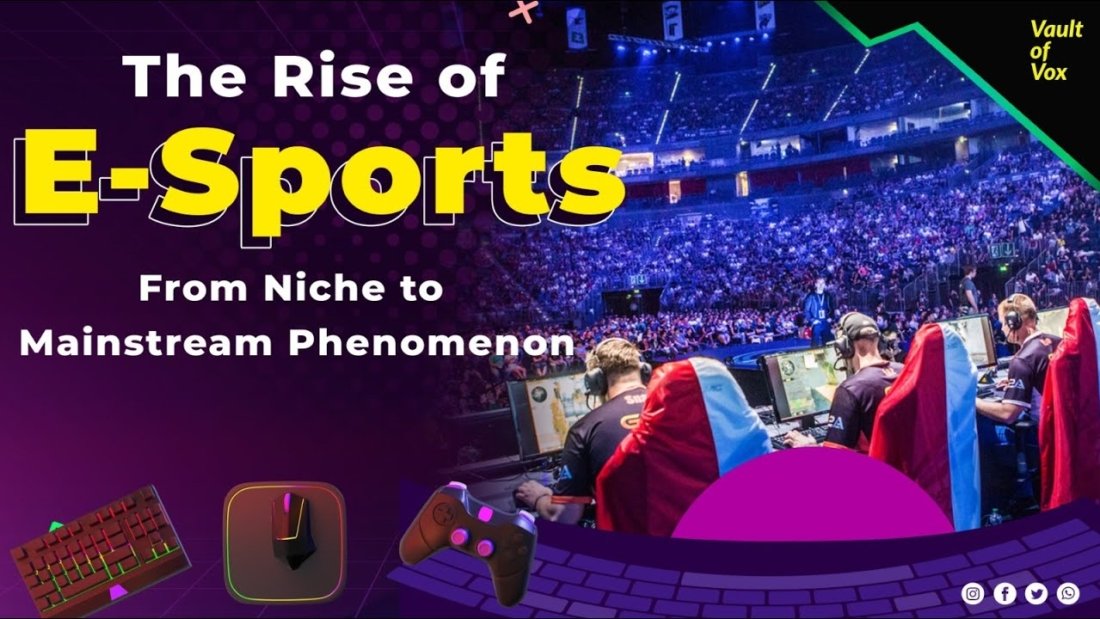Introduction
In recent years, eSports has undergone a remarkable transformation from a niche subculture to a global phenomenon, captivating millions of fans and players worldwide. This article delves deep into the evolution of eSports, exploring its humble beginnings, rapid growth, and the factors contributing to its mainstream success.
The Birth of eSports:
The concept of competitive gaming traces back to the late 20th century when video game competitions started gaining traction in arcades and local events. However, it was in the early 2000s that eSports began to establish itself as a legitimate form of entertainment. The rise of online gaming platforms and the emergence of multiplayer games like StarCraft and Counter-Strike laid the foundation for organized eSports competitions.
Key Milestones in eSports History:
- The formation of the Cyberathlete Professional League (CPL) in 1997.
- The launch of Major League Gaming (MLG) in 2002.
- The debut of The International Dota 2 Championship in 2011, with a record-breaking prize pool.
The Growth of eSports
As technology advanced and streaming platforms like Twitch and YouTube Gaming gained popularity, eSports entered a period of explosive growth. The accessibility of live streams and the ability for fans to interact with their favorite players in real-time revolutionized the way people engaged with competitive gaming. Major tournaments began selling out stadiums, drawing massive crowds, and attracting lucrative sponsorship deals.
Factors Driving the Growth of eSports:
- The rise of social media and digital marketing, enabling eSports organizations to reach a global audience.
- The development of professional leagues and franchises modeled after traditional sports structures.
- The increasing investment from big-name companies like Intel, Red Bull, and Coca-Cola, fueling the expansion of eSports infrastructure.
The Mainstream Appeal of eSports
Today, eSports is no longer a niche interest confined to gaming enthusiasts but a mainstream entertainment spectacle with a broad appeal. The cultural impact of eSports has transcended borders, bringing together diverse communities and creating a shared passion for competitive gaming. Major media networks now broadcast eSports events, and top players have become celebrities in their own right.
The Global Reach of eSports:
The Asia-Pacific region leads in eSports viewership, with China being the largest market.The United States has seen a significant rise in eSports popularity, with major cities like Los Angeles hosting flagship tournaments.
Conclusion
In conclusion, the evolution of eSports from a niche hobby to a mainstream entertainment juggernaut is a testament to the power of innovation and community. As eSports continues to gain momentum and attract new audiences, it is poised to become a cornerstone of the entertainment industry in the years to come. Whether you’re a seasoned gamer or a casual observer, the world of eSports offers something for everyone to enjoy and celebrate.
